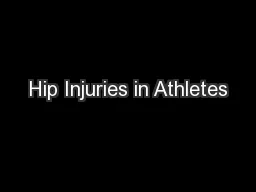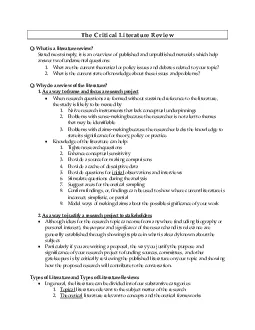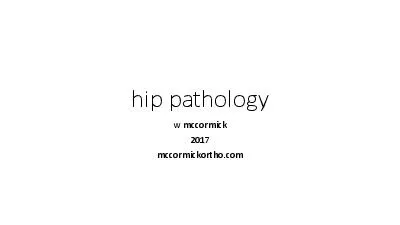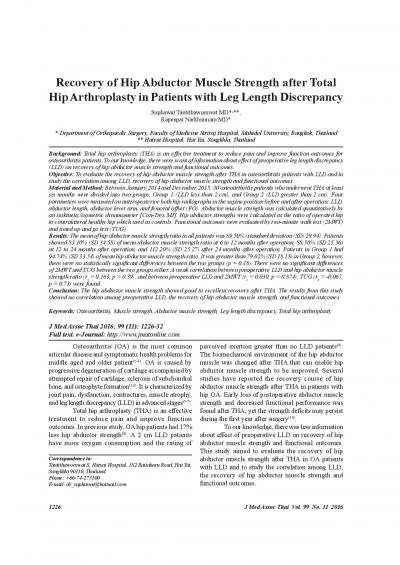PPT-Literature Review – Hip abductor significance in Lower Li
Author : mitsue-stanley | Published Date : 2017-11-19
Joseph Roche BankstownLidcombe Hospital 28417 Clinical question Hip abductor strength training article LL amputee changes in mm compositionfunction Falls incidencerisks
Presentation Embed Code
Download Presentation
Download Presentation The PPT/PDF document "Literature Review – Hip abductor signi..." is the property of its rightful owner. Permission is granted to download and print the materials on this website for personal, non-commercial use only, and to display it on your personal computer provided you do not modify the materials and that you retain all copyright notices contained in the materials. By downloading content from our website, you accept the terms of this agreement.
Literature Review – Hip abductor significance in Lower Li: Transcript
Download Rules Of Document
"Literature Review – Hip abductor significance in Lower Li"The content belongs to its owner. You may download and print it for personal use, without modification, and keep all copyright notices. By downloading, you agree to these terms.
Related Documents














